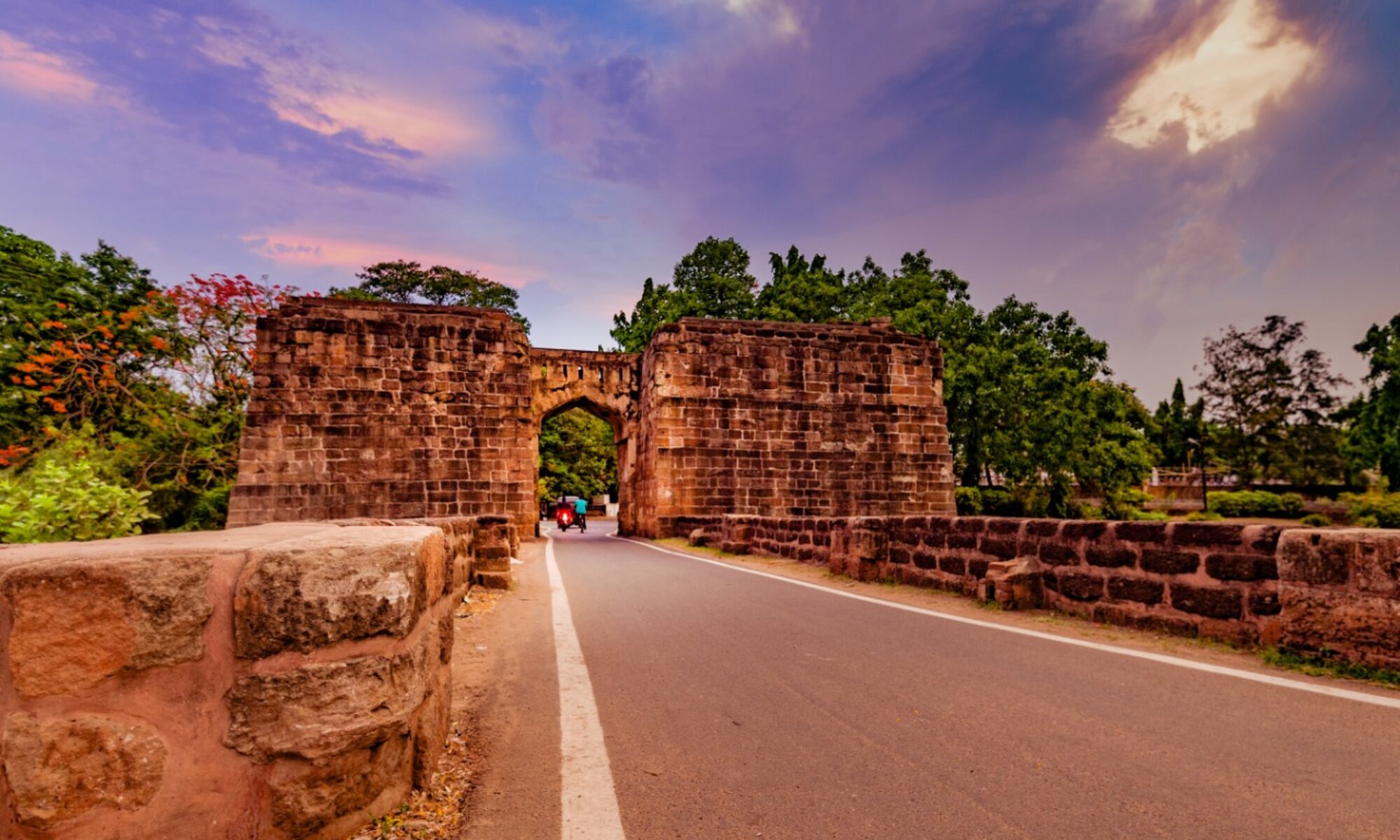Shri SiddhiVinayak , Kali Gali , Cuttack , Odisha sits on Shri Jajati Keshari II Singhasana ( Royal Throne) 1025 – 1040.
A journey to discover this masterpiece , an ancient royal throne belonging King Jajati Keshari -II (1025-1040) in the heart of Cuttack City in Kali Gali – Shri Siddhi Vinayak Temple has been an extremely exciting and a fulfilling and enriching experience .

We came across a very detailed research paper written by Shri Deepak Bhattacharya on the Keshari Dynasty Contributions and in particular about this Royal Throne. We would like thank him for this extensive work , somehow this has not received the lime light it deserves
A Capital City for 1000 years and yes a Royal Throne very well preserved to complete the statement . And now it has an extremely well deserved occupant to keep it intact and its sanctity for years to come. This is equally an extremely proud moment for all us who are connected to the place and its history.
Shri Siddhi Vinayaka was established by Raghujee Bhonsle (1695 -1755) during Maratha rule in Orissa. Raghujee is said to have given land & financial grant . The Temple Complex has a ekaka sevayat (one family) system, having the title of Dixit of Kasyapa gotra. We met with Shri Priyajit Dixit , who is continues the family tradition.
























